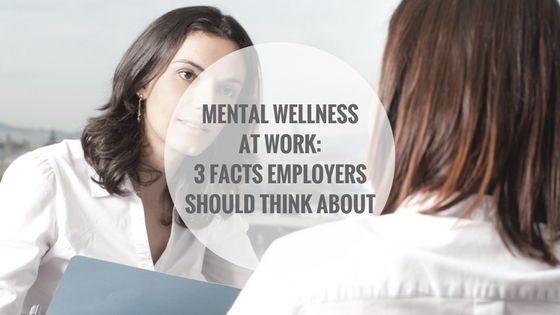Guest blogger: Susan Culp, Certified Health Coach of Fresh Focus
www.fresh-focus.ca
Do you have an abundance of energy and vitality at work? If the answer is no, then you are among the vast majority! Imagine how much more productive and motivated you would be and how this would make you feel. Unfortunately, most of us have fallen prey to a few very common culprits that drain our energy and leave us wandering through our work week in a tired fog.
One of the main factors contributing to decreased energy is poor food/lifestyle choices — caffeine, sugar, soft drinks, alcohol, processed foods, tobacco, artificial sweeteners, refined starches, etc. Some of these ingredients (such as caffeine and sugar) give us an initial energy boost; however, they ultimately run us down by depleting us of minerals and nutrients and disrupting our natural rhythms and metabolic processes. We end up experiencing cravings for these foods — not only for the initial “boost” they give us, but also because they are HIGHLY ADDICTIVE.
Ask yourself: what do you depend on to get through your work day? As March is National Nutrition Month, we challenge you to identify one of your own “energy suckers” and then make the commitment to cut it out of your life, or reduce it, for at least 2 to 3 weeks. You’ll be amazed at not only your increased energy, but also the empowering experience of accomplishing a goal and kicking dependency to the curb!
Try these 7 Tips & Tricks to help boost your energy during that mid-afternoon slump:
1. Take a 5- or 10-minute walk down the hall (or up and down the stairs) — scheduling “walking meetings” (ideally outside in the fresh air) whenever possible is also a great way to get both your energy and creativity flowing.
2. Chew mint-flavoured, sugar-free gum
3. “Belt out” the lyrics to your favourite songs — this one may be more appropriate for your commute in the car, but singing really does work
4. Snack on unsalted, roasted nuts & seeds to stabilize your blood sugar levels
5. Massage the outer rim of your ear — sounds crazy, but it works!
6. Drink plenty of water during the day — many people feel tired or lethargic when they’re even slightly dehydrated
7. Having a plant on your desk can decrease stress and increase productivity
The best way to increase your energy over the long-term is to eat whole foods such as vegetables, whole grains, fresh fruit, and beans. When foods have not been processed, they keep their natural fibre, vitamins, and minerals. Try to also work in a couple of superfoods each day for an extra punch of nutrients — start with simple options like berries, greens, and seeds and work your way up!
Many of us already know what we need to eat (and/or what we need to stop doing), but still just can’t seem to break out of our current patterns. Therefore, we encourage you to find a group of co-workers and do it together — the key is having enough support, not more willpower. Create a challenge between groups (or across departments) to make it fun and motivating — the bonus is that you’ll also be creating a healthier and happier workplace environment.
Make this month the start of a healthier, more energetic you!








